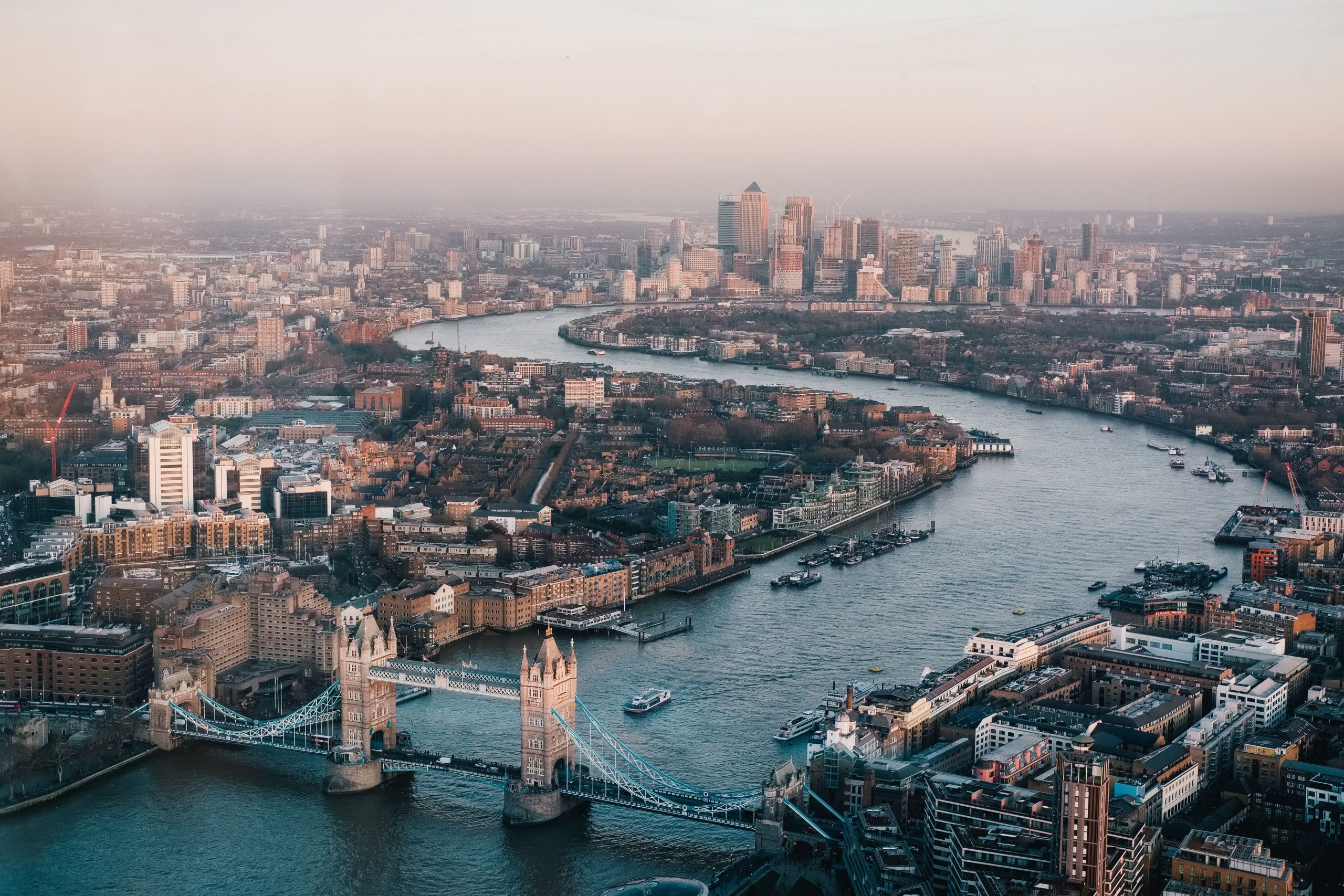
Explore The Top 10 Biggest UK Shopping Centres!
When you’ve finally decided to move to the UK for studies, you’re probably picturing vintage bookstores, double-decker buses—and yes, cloudy skies....



When you’ve finally decided to move to the UK for studies, you’re probably picturing vintage bookstores, double-decker buses—and yes, cloudy skies....

The United States has been known as the land of opportunity and a nation of immigrants, owing to more than 46.2 million immigrants in the US....

The United Kingdom is a land of great food, culture, fashion, music, and pop. For an international student, there’s no place better than the UK to...

Los Angeles is a world-famous city known for its lively culture, diverse neighbourhoods, and endless fun. As the second-largest city in the US, LA...

New York City is rightfully the city that never sleeps. There are hundreds of food joints, cafes, recreational places and hidden gems all over the...

The United States has some of the world's biggest and most famous stadiums. They give sports fans a fantastic experience as these huge arenas are...
0 Comments